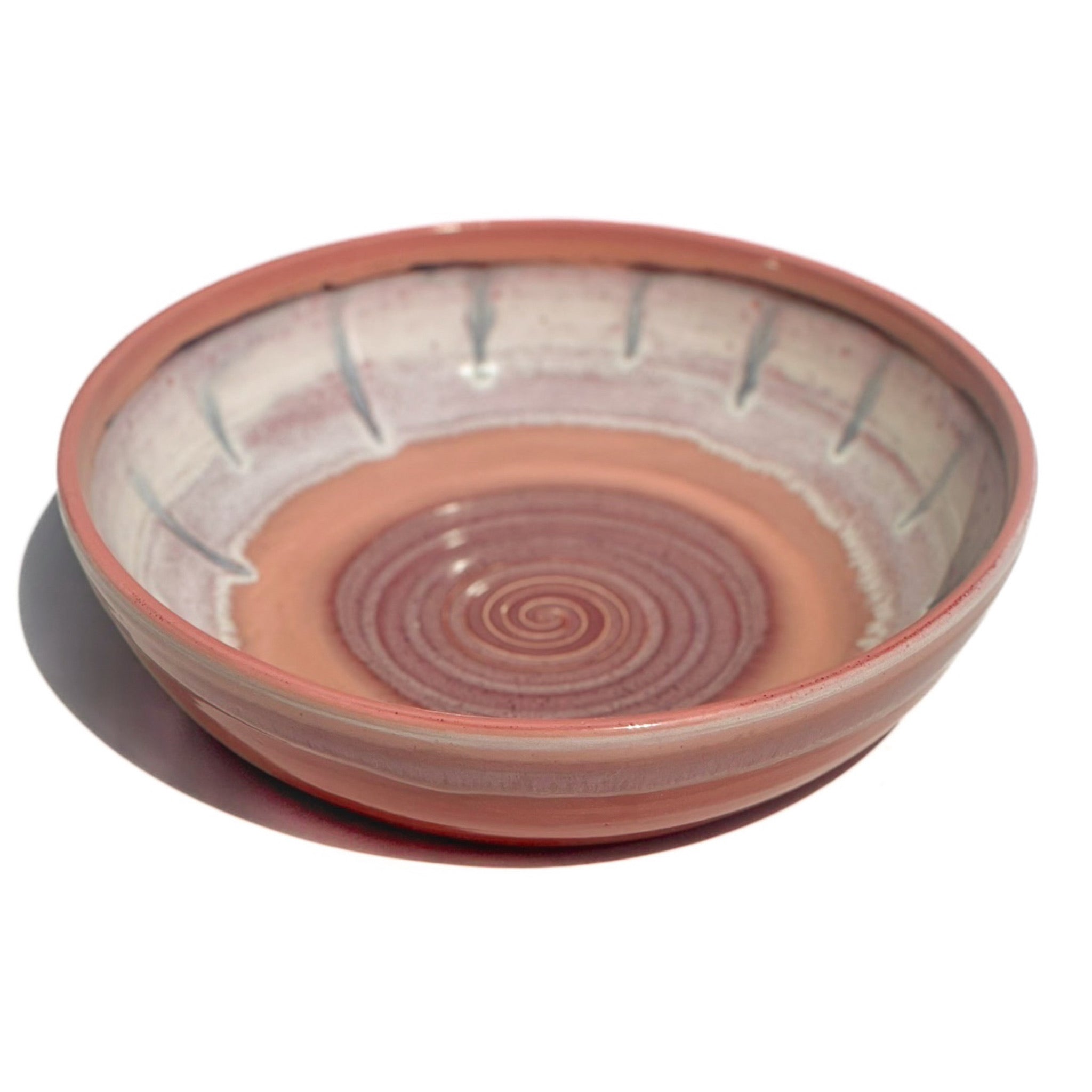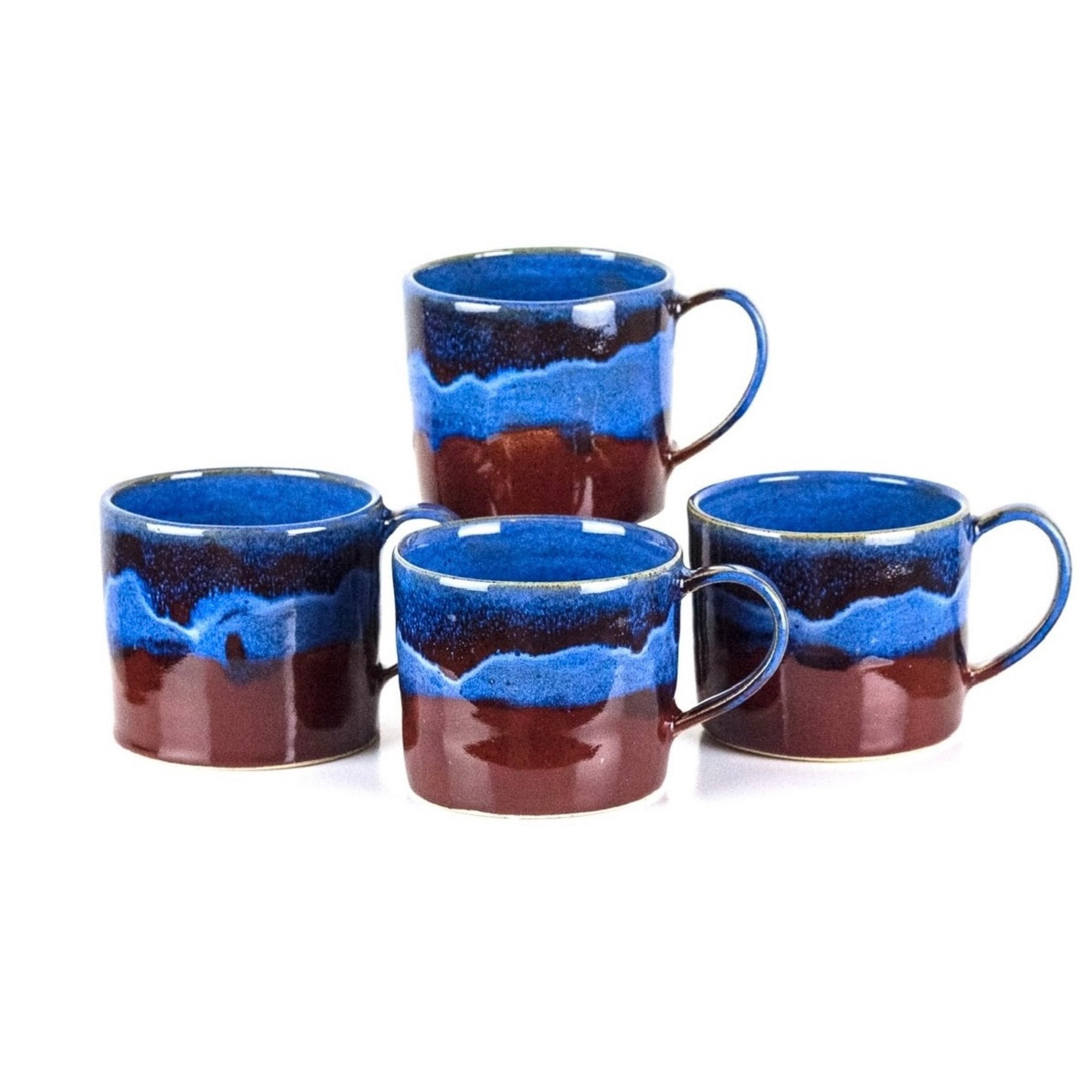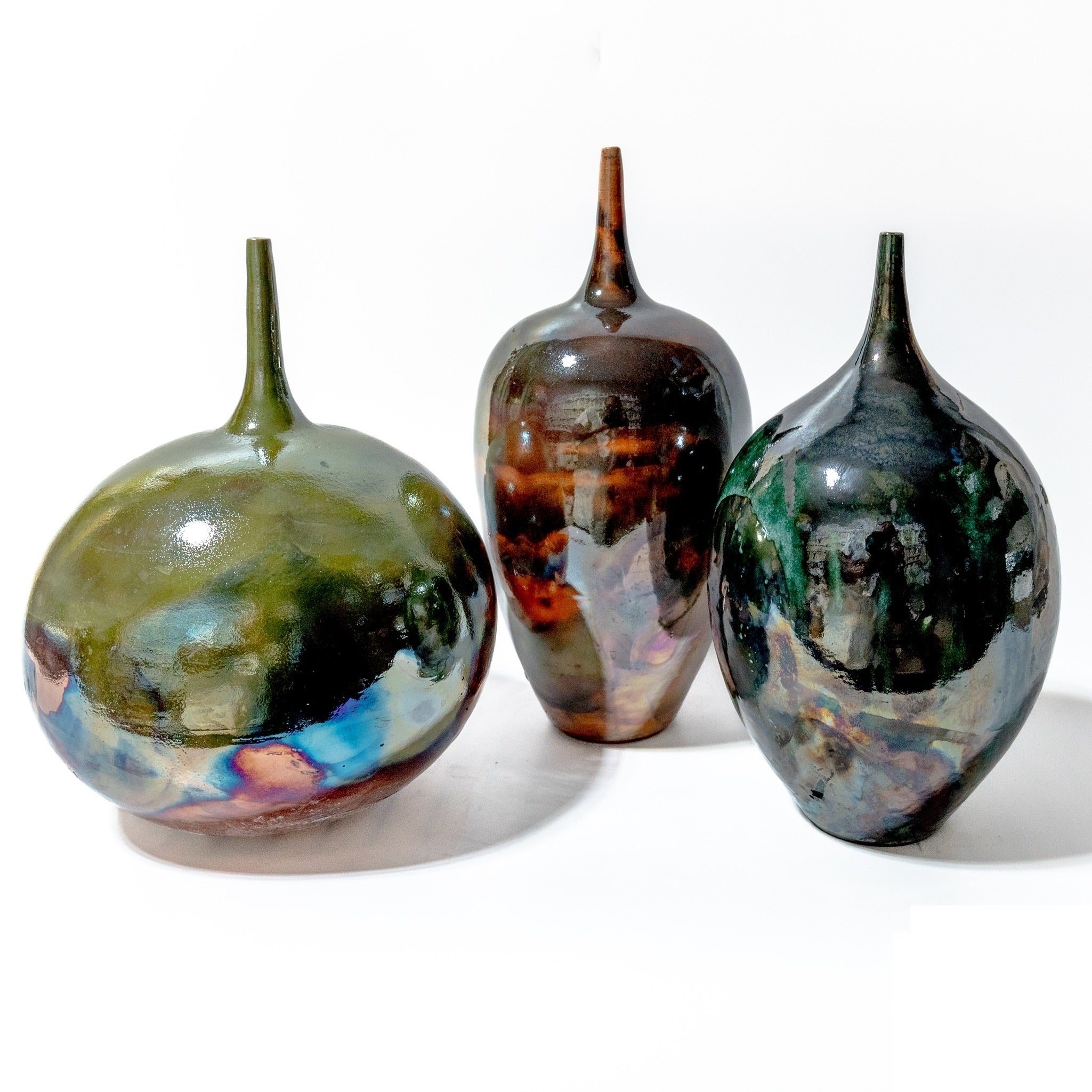for your home
The art of crafting fine ceramics for culinary and aesthetic purposes holds significant cultural importance worldwide. From everyday pottery to exquisite dinnerware, ceramics play a crucial role in enriching ones experiences, merging functionality with artistry.
I create with care and skill, recognizing the impact of my art on patron's sensory experience. Handcrafted to enhance visual appeal, adding warmth and authenticity to your home gives a deeper appreciation that nourishes both body and soul.
for your home collections
-

artisan bowl
collections -

artisan plate
collections -

artisan mug / cup
collection -

artisan ceramic art
collection
ikebana 生け花
Ikebana stands out as a distinct and sophisticated art form that sets itself apart from other flower arranging practices around the world. The principles and techniques of Ikebana reflect a deeper connection with nature and embody cultural and spiritual values unique to Japan.
ikebana vessels
-

vase vessels
collections -

bowl vessels
collections -

dish vessels
collection
some key principles of ikebana
1. Ikebana encourages practitioners to observe and engage with nature in a contemplative manner. This emphasis on silence fosters a sense of mindfulness and appreciation for the beauty and harmony found in natural elements.
2. Influenced by Buddhist teachings and the concept of minimalism, Ikebana often embraces simplicity and a reductionist approach to design. By focusing on essential elements and spaces, Ikebana arrangements convey a sense of elegance and tranquility.
3. Ikebana places significant importance on the shapes and lines created by floral materials. The arrangement's structure, balance, and overall form are carefully considered to emphasize the beauty and harmony of the composition. Each element is thoughtfully placed to create a sense of movement and visual interest.
Ikebana is regarded as an art form in Japan on par with painting and sculpture, it has a profound cultural significance and aesthetic sensibility. Through its principles of silence, minimalism, and emphasis on shape and line, Ikebana offers a unique and contemplative way to engage with nature and create artistic expressions that resonate with a deep appreciation for the natural world.
styles of ikebana
Rikka, Seika, Nageire, and Moribana are distinct styles within the practice of Ikebana, each with unique characteristics and techniques that reflect different aesthetic and philosophical principles.
a brief overview of each style
Rikka is one of the oldest styles of Ikebana and aims to represent the cosmos through floral arrangements.
- It consists of nine key positions, each symbolizing elements such as mountains, streams, waterfalls, and more.
- Developed by Buddhist monks, Rikka incorporates spiritual teachings into its compositions, emphasizing harmony with nature and the universe.
Seika is a more carefree version of Ikebana and translates to "fresh-living flowers."
- It utilizes the shin, soe, and uke positions to create unequal triangles in the arrangement.
- Seika, similar to Nageire, focuses on a Zen aesthetic rather than a deeper spiritual connection found in Rikka.
Nageire, meaning "thrown in," is a style that allows for more flexibility and creativity compared to Rikka.
- It often features arrangements that appear as if two worlds are visually colliding within the confines of a vase.
- Nageire arrangements are typically placed in vase styles like Bouquet, Bottle, or cylinder, with minimalist approaches working well in single stem vases.
Moribana focuses on creating three-dimensional sculptures with natural living plants.
- These arrangements are commonly placed in larger floor vases to emphasize opulence and grandeur.
- Moribana arrangements enable artists to explore various textures, colors, and shapes to create visually striking and dynamic compositions.
Each of these Ikebana styles offers a unique approach to floral design, drawing on diverse cultural influences, artistic traditions, and philosophical concepts to create arrangements that not only showcase natural beauty but also convey deeper meanings and connections to the world around us.









